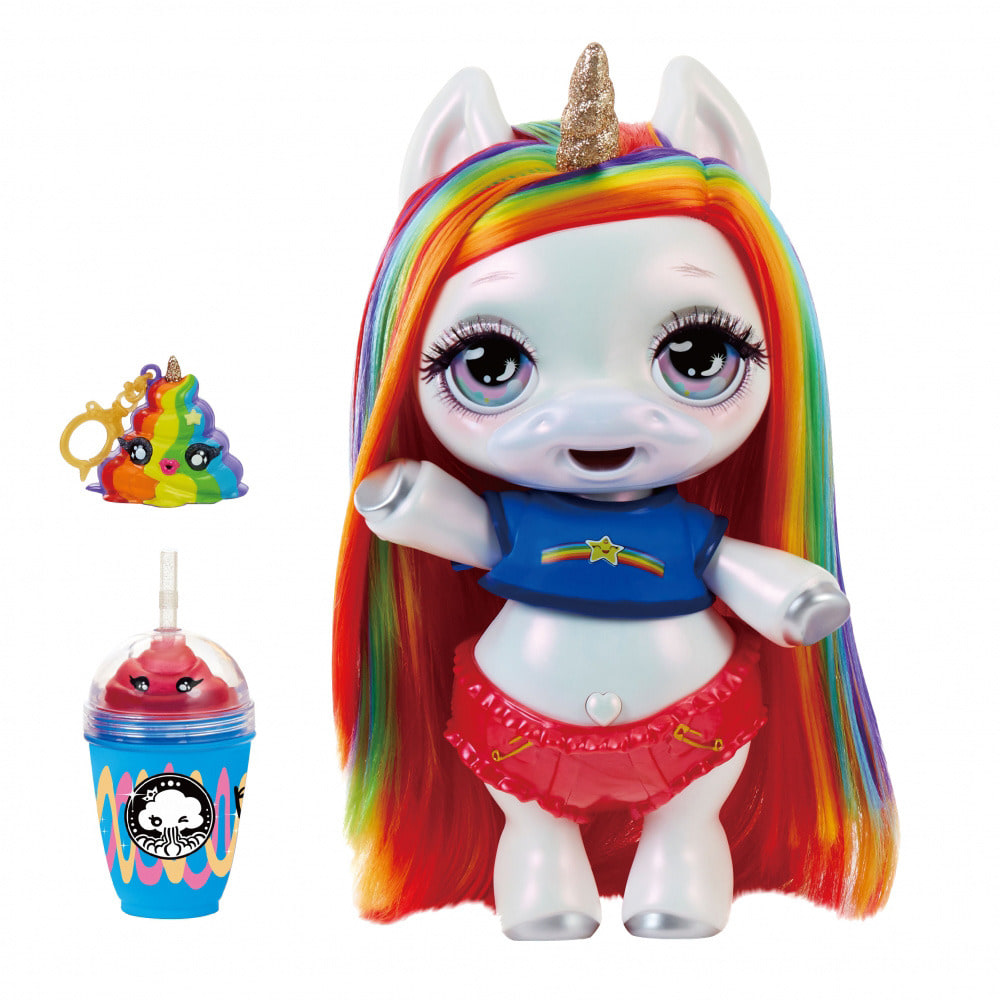This Item Ships For Free!
Oopsy poopsy unicorn sale
Oopsy poopsy unicorn sale, POOPSY YouTube sale
4.78
Oopsy poopsy unicorn sale
Best useBest Use Learn More
All AroundAll Around
Max CushionMax Cushion
SurfaceSurface Learn More
Roads & PavementRoads & Pavement
StabilityStability Learn More
Neutral
Stable
CushioningCushioning Learn More
Barefoot
Minimal
Low
Medium
High
Maximal
Product Details:
Amazon Poopsie Slime Surprise Poop Pack Drop 2 Make Magical sale, Unboxing Poopsie Surprise Unicorn Poopsie Slime Surprise Unicorn Toys and Slime Ambi C Toys sale, Hot toy of 2018 is a 50 unicorn that poops glitter slime sale, Poopsie Unicorn Slime Surprise Toy Review Zena s Suitcase sale, Poopsie UNICORN Dolls WIth Makeup And Scents sale, Amazon Poopsie Slime Surprise Unicorn Dazzle Darling Or sale, poopsies unicorn Hobbies Toys Toys Games on Carousell sale, Poopsie Surprise Unicorn Oopsie Starlight unboxing the sale, Poopsie Surprise Unicorn Toy Review Newcastle Family Life sale, Poopsie Unicorn sale, Poopsie Surprise Unicorn Oopsie Starlight unboxing the sale, Poopsie Surprise Unicorn Toy Review Newcastle Family Life sale, Poopsie Unicorn sale, Poopsie Unicorn Rainbow Brightstar 2024 pbmlabs sale, Poopsie Unicorn Slime Surprise Doll Toy Oopsie Starlight w Hair Cut Modified A7 sale, POOPSY YouTube sale, And the must have toy of the holidays is a slime pooping unicorn sale, Poopsie Surprise Unicorn Toy Review Newcastle Family Life sale, Poopsie Surprise Unicorn Magical Slime Blind Bag Toy Review PSToyReviews sale, Poopsie Slime Surprise Unicorn Rainbow Bright Star Or Oopsie sale, Poopsie Slime Surprise Unicorn Doll Toy Rainbow Brightstar or Oopsie Starlight For Kids Ages 4 5 6 sale, Poopsie Unicorn Oopsie Starlight sale, Poopsie Slime Surprise Unicorn toy company files suit against sale, Let s Meet Our New Unicorns Poopsie Surprise Unicorn is the cool sale, Poopsie Surprise Unicorn Oopsie Starlight unboxing the sale, Poopsie Surprise Unicorn Oopsie Starlight Unboxing Unicorn sale, Best Buy Poopsie Slime Surprise Unicorn Figure Dazzle Darling or sale, Poopsie Slime Surprise Unicorn Rainbow Brightstar or Oopsie Starlight sale, Poopsie Slime Surprise Unicorn Rainbow Brightstar or Oopsie Starlight sale, Poopsie Slime Surprise Unicorn Dazzle Darling Or Whoopsie Doodle sale, Poopsie Slime Surprise Unicorn Rainbow Bright Star Or Oopsie Starlight sale, Poopsie Slime Surprise Unicorn Rainbow Bright Star Or Oopsie Starlight sale, Poopsie Slime Surprise Unicorn Rainbow Bright Star Or Oopsie Starlight sale, Poopsie Slime Surprise Unicorn Rainbow Bright Star Or Oopsie Starlight sale, Poopsie Slime Surprise Unicorn Rainbow Bright Star Or Oopsie Starlight sale, Product Info: Oopsy poopsy unicorn sale.
- Increased inherent stability
- Smooth transitions
- All day comfort
Model Number: SKU#7361209





